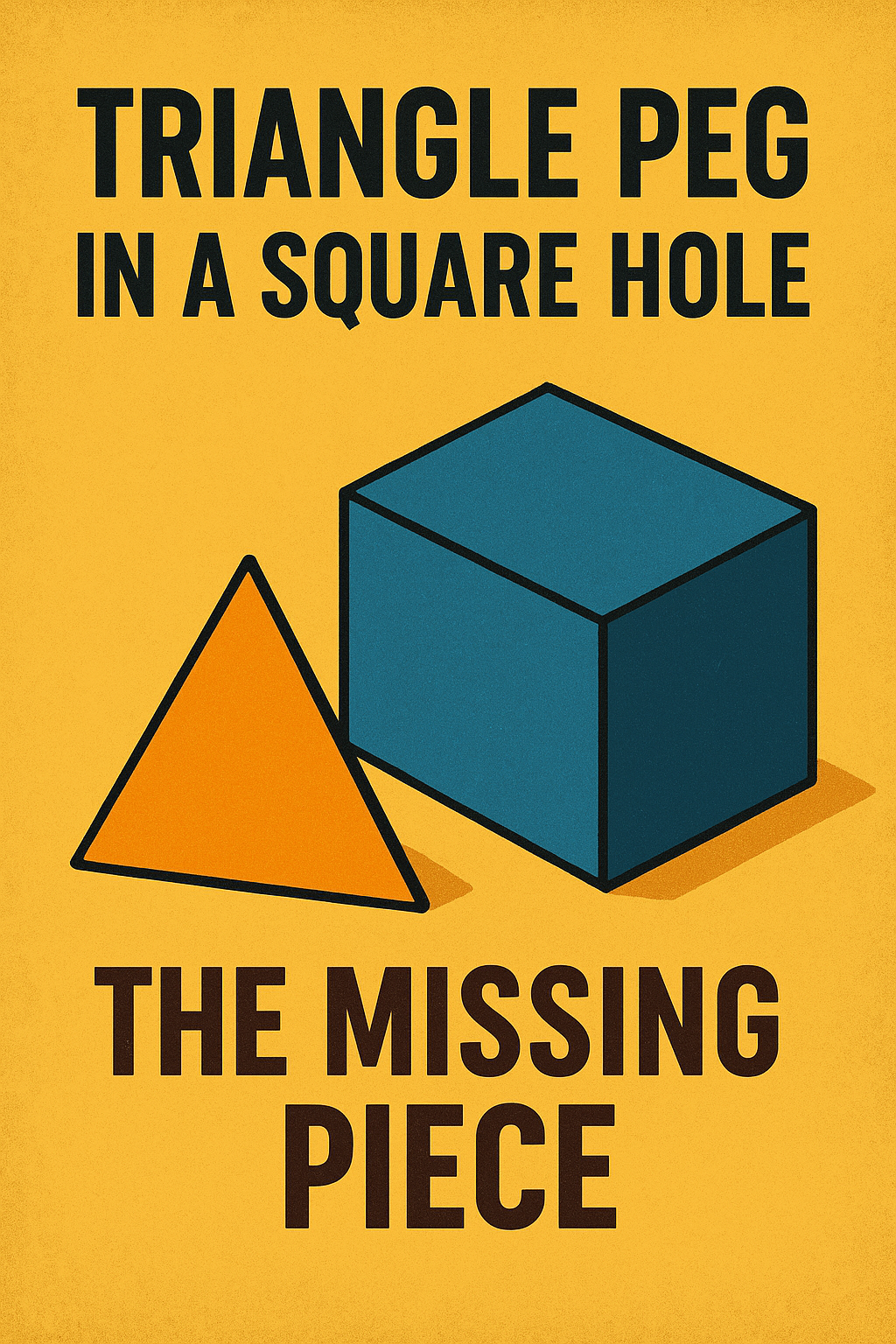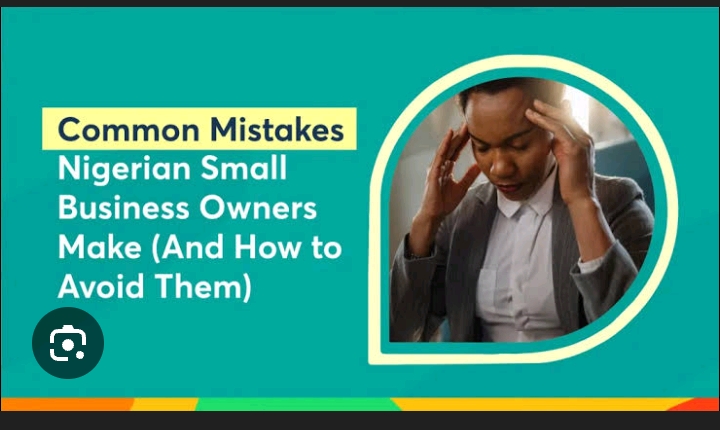HOW CAN BLOGGING BE USED IN CLASS? A GUIDE TO INTEGRATING BLOGGING INTO EDUCATION

Blogging is a versatile tool that can transform the classroom into a dynamic and interactive learning environment. By incorporating blogging into your teaching strategy, you can foster creativity, enhance communication skills, and encourage critical thinking among students. This guide explores how blogging can be effectively used in the classroom, with practical examples and benefits for students and teachers alike.
Table of Contents
- Introduction to Blogging in Education
- Benefits of Blogging in the Classroom
- Setting Up a Class Blog
- Blogging Activities for Different Subjects
- Blogging for Literacy and Language Skills
- Encouraging Critical Thinking Through Blogging
- Promoting Collaboration and Peer Learning
- Blogging as a Tool for Project-Based Learning
- Assessing Student Work Through Blogs
- Integrating Multimedia into Class Blogs
- Using Blogging to Build Digital Citizenship
- Privacy and Safety Considerations
- Overcoming Challenges in Classroom Blogging
- Tools and Platforms for Classroom Blogging
- FAQs About Blogging in Education
1. Introduction to Blogging in Education
Blogging in education involves using blogs as a platform for students and teachers to share ideas, collaborate on projects, and develop a digital presence. It allows students to showcase their work, engage in discussions, and reflect on their learning.
2. Benefits of Blogging in the Classroom
Blogging offers many educational benefits:
- Enhances Writing Skills: Students practice writing in an authentic, real-world context.
- Fosters Creativity: Blogs encourage students to think creatively about how they present information.
- Improves Digital Literacy: Students learn to navigate digital tools and create online content responsibly.
- Encourages Reflection: Blogging helps students process and articulate their thoughts.
- Promotes Engagement: Interactive content like comments and discussions keep students involved.
3. Setting Up a Class Blog
A class blog can serve as a hub for all classroom activities.
Steps to Create a Class Blog:
- Choose a Platform: Use tools like Blogger, WordPress, or Edublogs.
- Set Goals: Decide how the blog will support your curriculum.
- Establish Guidelines: Create rules for appropriate content and interaction.
- Design the Blog: Make it visually appealing and user-friendly.
- Introduce Students: Provide a tutorial on using the blog effectively.
4. Blogging Activities for Different Subjects
Blogging can be tailored to various disciplines:
- English: Write book reviews, essays, or creative stories.
- History: Post research on historical events or figures.
- Science: Share experiment results or discuss scientific discoveries.
- Math: Solve problems and explain concepts through visual aids.
- Art: Display artwork and discuss the creative process.
5. Blogging for Literacy and Language Skills
Blogging enhances literacy and language proficiency by encouraging students to:
- Write for diverse audiences.
- Develop persuasive and expository writing skills.
- Practice grammar, spelling, and sentence structure.
Teachers can assign tasks like journal entries, poetry, or debates to strengthen these skills.
6. Encouraging Critical Thinking Through Blogging
Blogging nurtures critical thinking by:
- Requiring students to analyze and evaluate information before posting.
- Encouraging them to justify opinions and provide evidence.
- Promoting open discussions where students can question and challenge ideas.
7. Promoting Collaboration and Peer Learning
Blogs facilitate collaboration by allowing students to:
- Work on group projects and share progress.
- Comment on and critique peers’ work constructively.
- Share resources and ideas to enrich collective learning.
8. Blogging as a Tool for Project-Based Learning
Blogs can document and enhance project-based learning (PBL):
- Planning Stage: Share project goals and timelines.
- Execution: Post updates, photos, and reflections.
- Presentation: Use the blog to showcase final projects to the class or wider audience.
9. Assessing Student Work Through Blogs
Teachers can use blogs to assess student performance:
- Formative Assessment: Track ongoing progress and provide timely feedback.
- Summative Assessment: Evaluate final posts, ensuring they meet learning objectives.
- Peer Assessment: Encourage students to evaluate each other’s work.
10. Integrating Multimedia into Class Blogs
Incorporate videos, podcasts, images, and infographics to make blogs more engaging:
- Students can create video tutorials or record reflections.
- Use images to illustrate concepts or showcase projects.
- Embed quizzes or interactive tools to test knowledge.
11. Using Blogging to Build Digital Citizenship
Teaching students to blog responsibly builds digital citizenship skills:
- Respectful Communication: Learn to interact positively online.
- Content Ownership: Understand the importance of citing sources.
- Privacy Awareness: Recognize how to protect personal information.
12. Privacy and Safety Considerations
When blogging in class, rank student safety:
- Use private or password-protected blogs.
- Avoid posting personal information.
- Moderate comments to prevent cyberbullying or inappropriate content.
13. Overcoming Challenges in Classroom Blogging
Common challenges include:
- Technical Issues: Provide tutorials and troubleshooting support.
- Student Reluctance: Encourage participation through engaging prompts.
- Time Management: Set realistic deadlines for blog posts.
14. Tools and Platforms for Classroom Blogging
Recommended Blogging Platforms:
- Edublogs: Tailored for educators, with classroom management features.
- Kidblog: Designed for younger students with safety controls.
- WordPress: Offers flexibility and customization.
Extra Tools:
- Canva: Create visuals for blog posts.
- Grammarly: Improve writing quality.
- Flipgrid: Integrate video reflections into blogs.
15. FAQs About Blogging in Education
Q1. Is blogging suitable for all grade levels?
Yes, blogging can be adapted for students from elementary to college levels with appropriate guidance and tasks.
Q2. How often should students blog?
This depends on the goals, but weekly or bi-weekly posts are manageable for most classes.
Q3. Can blogging improve grades?
Yes, blogging enhances critical thinking, writing, and digital literacy, which contribute to academic success.
Q4. How can I motivate students to take part in blogging?
Offer engaging prompts, showcase excellent work, and integrate blogging into grading criteria.
Q5. Can parents access class blogs?
Yes, sharing the blog with parents fosters transparency and engagement in their child’s learning.
Conclusion
Blogging in the classroom is a powerful educational tool that fosters creativity, collaboration, and digital literacy. By integrating blogging into your teaching practices, you can create a dynamic and engaging learning environment that prepares students for the digital age. Start a class blog today and watch your students thrive!
































.jpeg)
.webp)








(0) Comment
(0) Comment